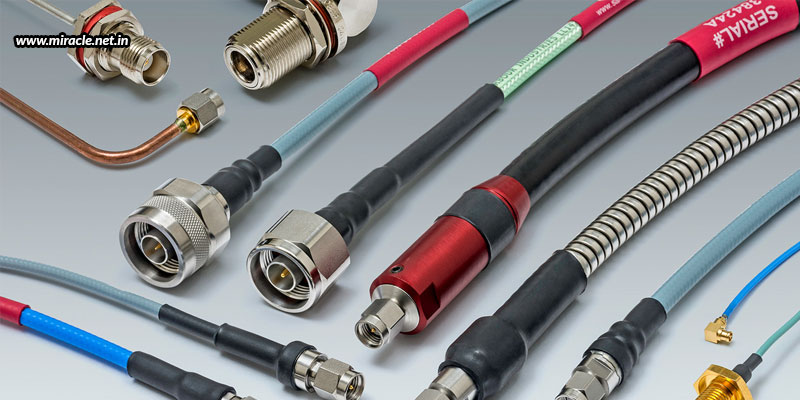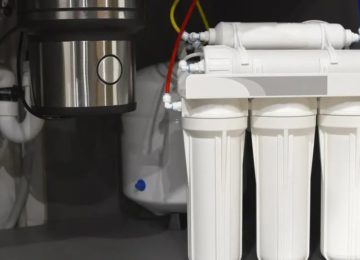Cable assemblies, those intricate amalgamations of cables, connectors, and other accompanying accessories, are indispensable in a realm saturated with electronic and electrical devices. Cable assemblies on their part strengthen various important functions of modern technology.
Dependability
Imbued with impeccable design, cable assemblies exhibit remarkable reliability when establishing electrical connections. Employing copper cables and corrosion-resistant, gold-plated connectors, these assemblies guarantee first-rate conductivity even after enduring years of usage. Meticulous attention to manufacturing tolerances and rigorous testing protocols ensure the rarity of failures when entrusted to reputable suppliers. The unwavering dependability offered by cable assemblies guarantees unhindered device operation while sidestepping exorbitant downtime costs.
Customizability
While standardized cable assemblies saturate the market, customized cable solutions empower engineers to tailor a cable system precisely to suit specific applications. Variables such as wire gauge, insulation type, connector type, shielding mechanisms, and length can be meticulously selected to harmonize with exact requirements. By embracing custom cables, safety is augmented, performance is optimized, and valuable space is conserved within intricately packed electronic equipment. The ability to procure an assembly specifically attuned to its intended use renders innovation attainable and brings forth groundbreaking products.
Ease of utilization
A prime example lies in the single USB cable that effortlessly connects printers, cameras, and other peripherals to computers through a plug-and-play approach. Pre-configured assemblies prevent the need for laborious manual splicing of raw cables or matching connectors during installation or repair procedures.
Space optimization
Engineers incessantly grapple with the confinements of space as they endeavor to accommodate an ever-growing multitude of components within devices. Ribbon cables ingeniously bundle multiple wires into a flat strip, exerting minimal spatial demands. Coaxial and shielded cables seamlessly amalgamate multiple lines within a solitary sheath. Flexible cables adeptly navigate confined spaces, granting access where it was once deemed impossible. Rather than individual cables and connectors, the utilization of cable assemblies appreciably reduces spatial prerequisites, ultimately facilitating groundbreaking strides towards miniaturization.
Economic viability
Equipping cables and connectors in centralized production environments engenders substantial cost savings. Manufacturing expenses can be reduced by specialized tooling, bulk part procurement and optimized assembly processes. Moreover, adopting ready-to-use cable assemblies is a more economical alternative to labor-intensive cable construction during on-site installations.
Standardization
While interfaces designed to transmit electrical energy, signals, or data continually evolve alongside technological advancements, standardizing cable assemblies during these transitional phases yields tangible benefits. Consequently, the existing USB power adapters and computer ports do not change but can still work with the latest USB-C phones and peripherals to show how standard lines contribute to technological progress.
Safety assurances
Meticulous testing procedures throughout the manufacture of cable assemblies diligently eradicate any manufacturing defects. Inspecting the physical damage rigorously, high throughput testing and checks of integrity are helpful in identifying any faults before they are shipped. Strict adherence to compliance regulations safeguards users against untimely failures.
Finally
Cable assemblies’ unique advantages, such as dependability, customizability, ease of use, space optimization, economic viability, standardization, and safety assurances, exceed their role as passive interconnects. One can hardly imagine how cable assemblies are compact, user-friendly and functional in electronic devices.











